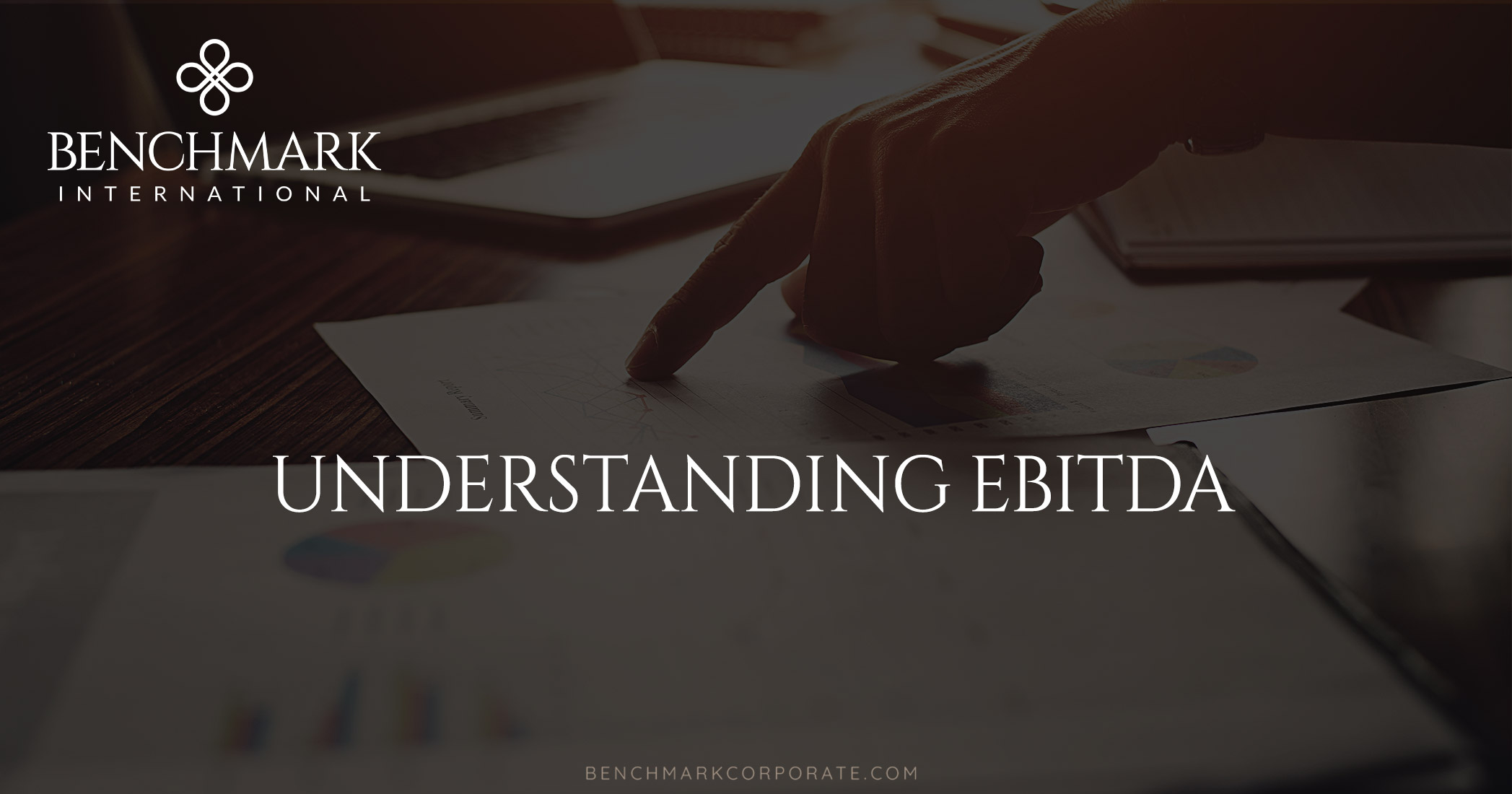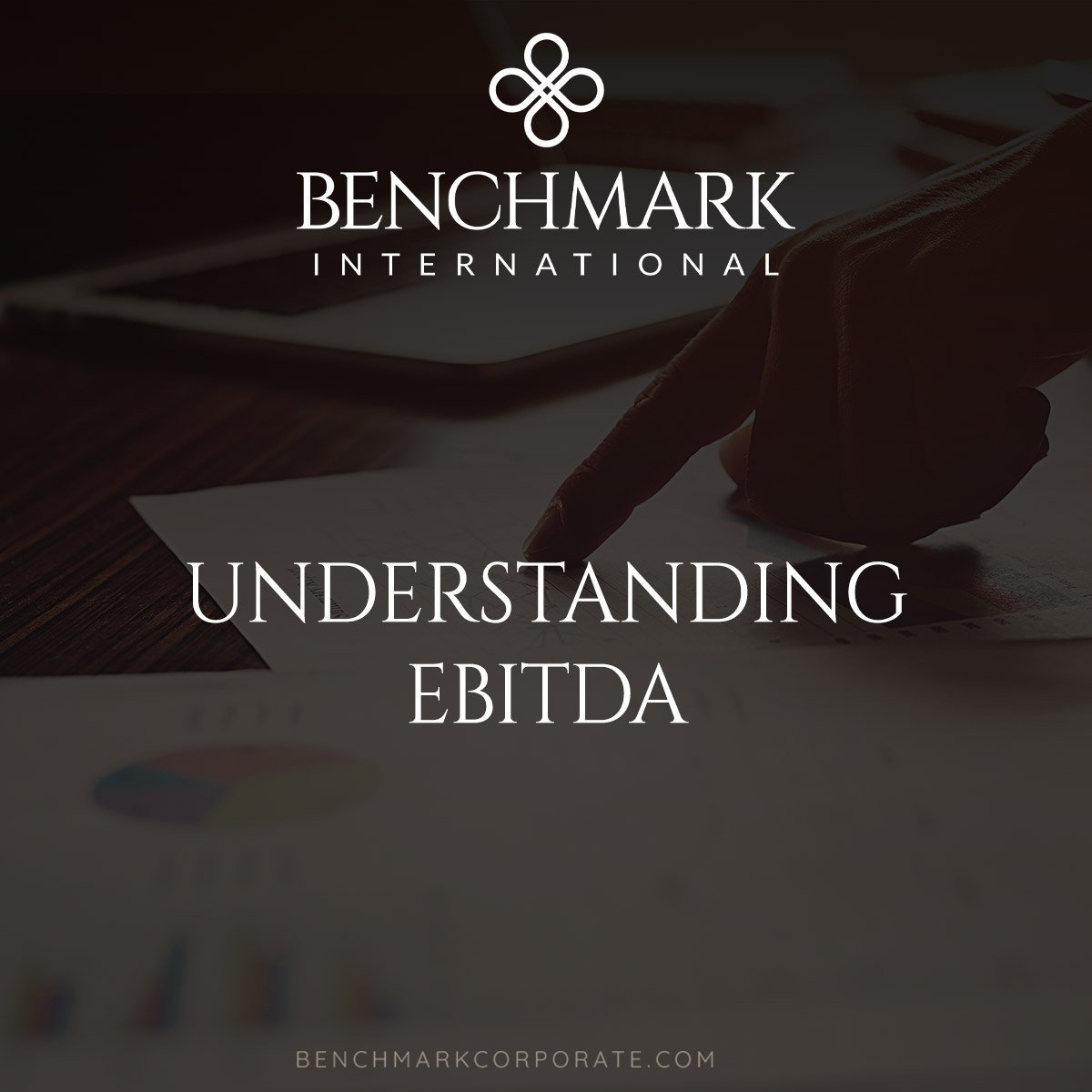
In arriving at a valuation for their business, many managers come across the term EBITDA. For some this term is Greek and for others it’s a term they vaguely remember being mentioned during their days in business school. For many business owners it’s a completely new term, with no context, and why it is important is a complete mystery to them. But to buyers, EBITDA seems to be an incredibly important term. So what is EBITDA?
To begin let’s spell out the acronym. EBITDA stands for “Earnings before Interest, Taxes, Depreciation and Amortization,” that is, a company’s earnings before items which can be disassociated from the day to day operations of the business. EBITDA is therefore a measure of the financial strength of the business, and presents a proxy for the total cash flow which a potential buyer could expect to garner from the purchase of your business.
Let’s break down each part of the acronym, beginning with Earnings. In the case of your business, Earnings is represented by the bottom line income, what is labeled “Ordinary Business Income,” on your tax returns. This is the number arrived at by subtracting all expenses from Revenues and adding or subtracting any additional cost or income. Distributions and dividends are items which occur after “Earnings” is calculated and are therefore not included in this equation.
Interest payments are associated with debt that the company currently holds. Those interest payments whether they are on a Line of Credit to the local bank or for outstanding debt the company has taken on to purchase machinery or warehouse space, will likely be in some way included into the sales price of your business. Meaning, that when a new owner takes over operations, or comes on board to help grow your business, the business will be starting fresh. From the time of the sale going forward the new owners can expect all of the money previously paid to the bank, to flow through to bottom line earnings instead. For this reason, in valuing your company it is important to add back interest payments to your bottom line earnings.
Next, we arrive at taxes. Each and every business pays taxes, but the amount is variable by state and subject to current legislation. For that reason, we add back some, but not all taxes to your bottom line profits. In most cases the only tax added back will be your Franchise Taxes. Franchise Taxes are those taxes charged by a state to a company, as the cost of a business in that state. The tax varies based on the size of the business and the state in which the business is incorporated. Because a company may be incorporated in a different state, or the size of the business may drastically change after an acquisition, these taxes are therefore variable and not a reflection on the business’ earnings.
Depreciation is a fancy accounting term for something we all know. The amount of value your car loses the moment you drive it off the lot, is the most common form of depreciation we deal with during our lives. Say you purchased new machinery ten years ago, and it is still running and in good condition, humming along each day spitting out all the widgets you can sell. But your accountant may send you tax returns each year saying your machine is worth less and less. This amount that gets deducted by your accountant isn’t an actual amount of cash leaving your business, but it decreases your bottom line earnings. For this reason, we add depreciation back, to put back into your bottom line, an amount which was taken out on paper, but not out of your company’s checking account. An additional note, as we are dealing with your company’s Profit and Loss statement, we ignore the total amount of accumulated depreciation which is shown on your Balance Sheet, in order to capture the expense associated only with one accounting period.
Amortization is Depreciations baby brother. If you purchased a business ten years ago, you may have paid more for that company than what it was worth at that very moment based on the amount of assets and business you were garnering by purchasing that company and its clients. Let’s say that the business you bought was worth one million dollars, but you figured that the business’ client list and trademark was worth an additional half million dollars to you over the long run, and so you paid one point five million dollars for the business. This additional half million dollars is sometimes referred to as “good will”. It’s a value which can be reflected on paper and then turned into cash over a period of time. Just like your new car though, each year your accountant is going to take some part of this half million dollars and subtract it from your profits before he or she arrives at your bottom line net income. Since this number is an adjustment made on paper, just like depreciation, adding it back gives a better picture of the amount of cash flowing through your business.
In sum, each of these components of EBITDA combine to create a clearer picture of your company’s true value to potential buyers, and is therefore something buyers are particularly interested in. In order to understand Adjustments to EBITDA please see my coworker Austin Pakola’s piece on adjustments to EBIDA.
 Author:
Author:
Patrick Seaworth
Analyst
Benchmark International
T: +1 (512) 861 3314
E: Seaworth@benchmarkcorporate.com
WE ARE READY WHEN YOU ARE.
Call Benchmark International today if you are interested in an exit or growth strategy or if you are interested in acquiring.
Americas: Sam Smoot at +1 (813) 898 2350 / Smoot@BenchmarkCorporate.com
Europe: Carl Settle at +44 (0)161 359 4400 / Settle@BenchmarkCorporate.com
Africa: Anthony McCardle at +2721 300 2055 / McCardle@BenchmarkCorporate.com
ABOUT BENCHMARK INTERNATIONAL
Benchmark International’s global offices provide business owners in the middle market and lower middle market with creative, value-maximizing solutions for growing and exiting their businesses. To date, Benchmark International has handled engagements in excess of $5B across 30 industries worldwide. With decades of global M&A experience, Benchmark International’s deal teams, working from 13 offices across the world, have assisted hundreds of owners with achieving their personal objectives and ensuring the continued growth of their businesses.
Website: http://www.benchmarkcorporate.com
Blog: http://blog.benchmarkcorporate.com/
 Benchmark International
Benchmark International  Benchmark International
Benchmark International 




